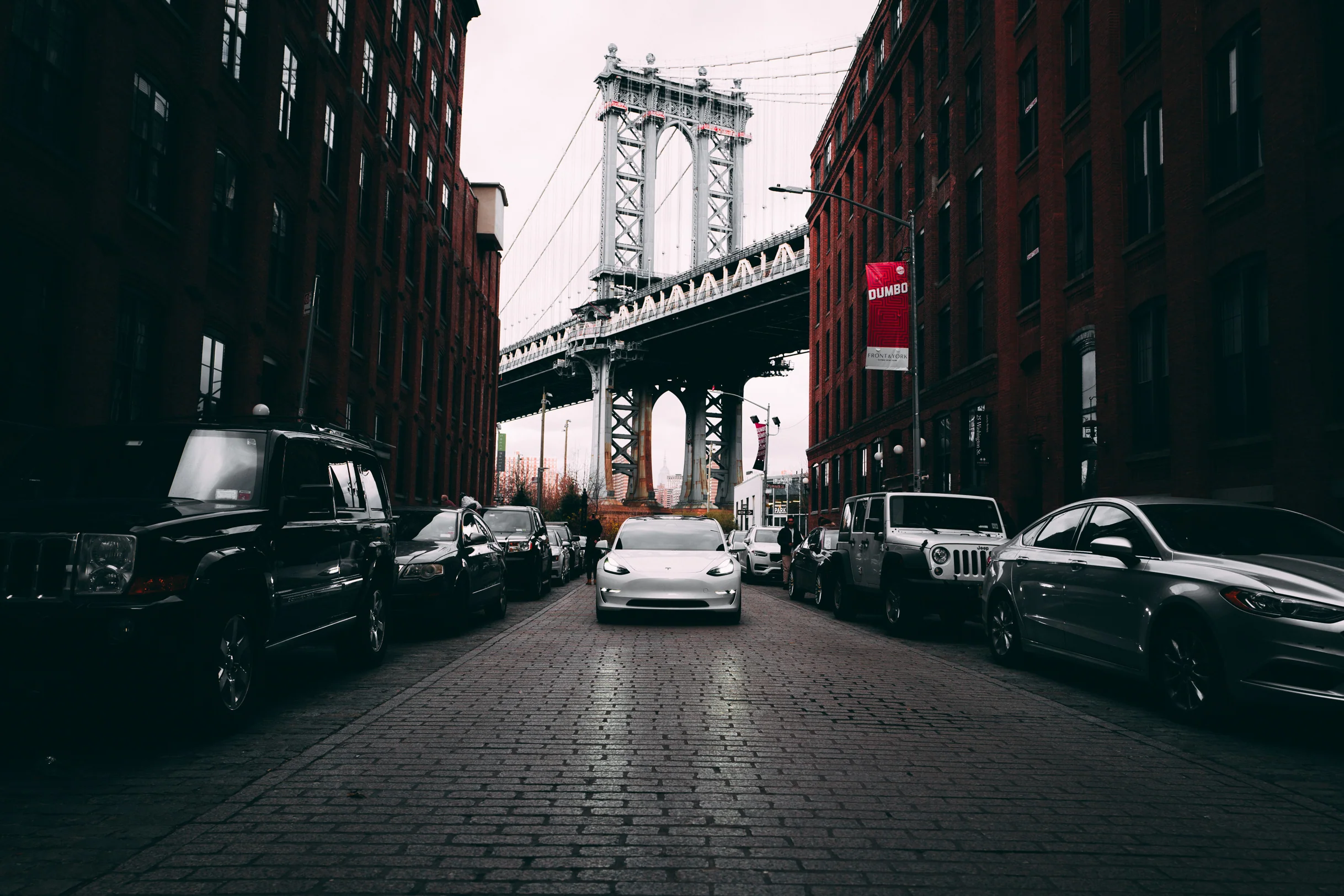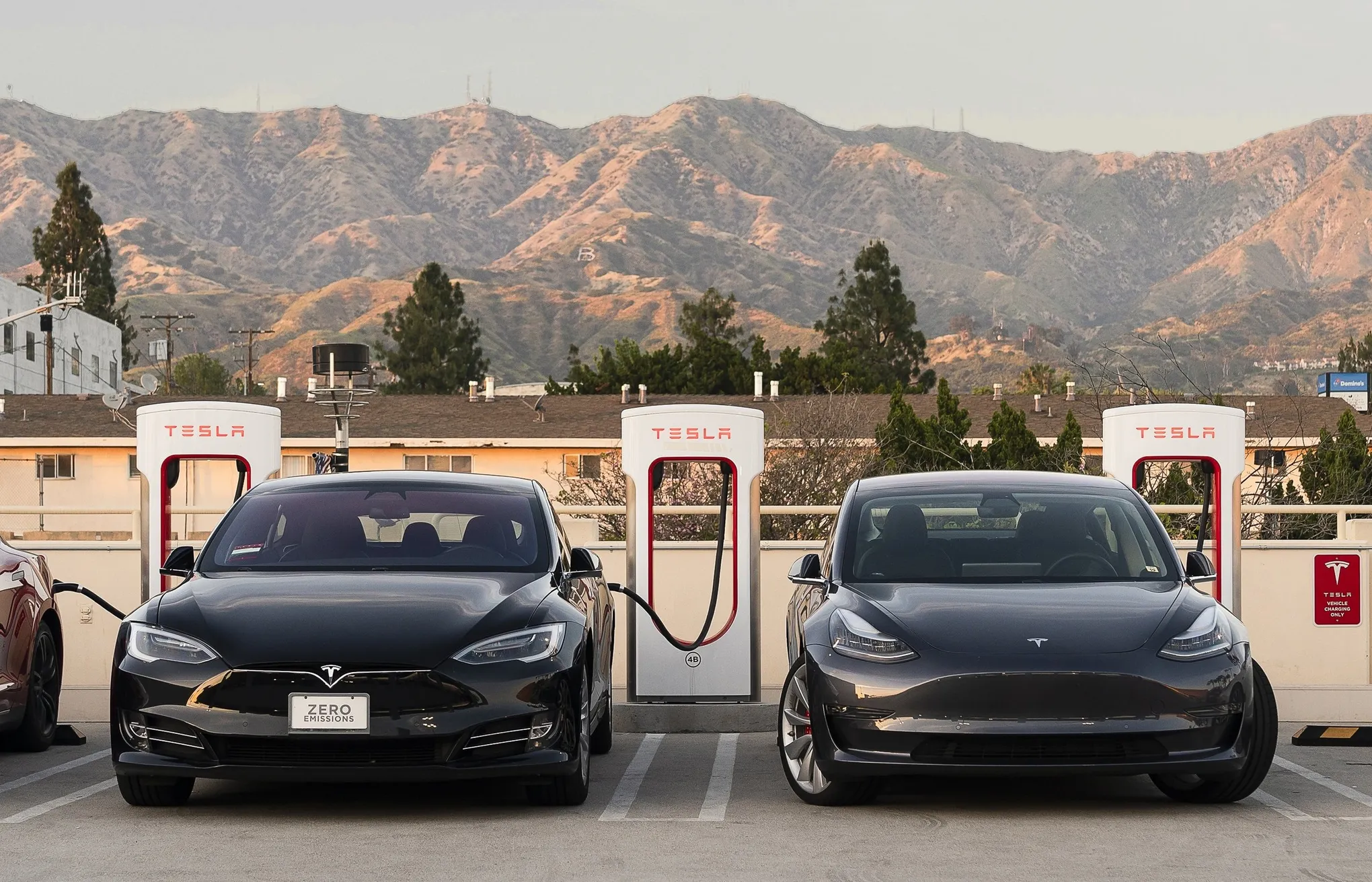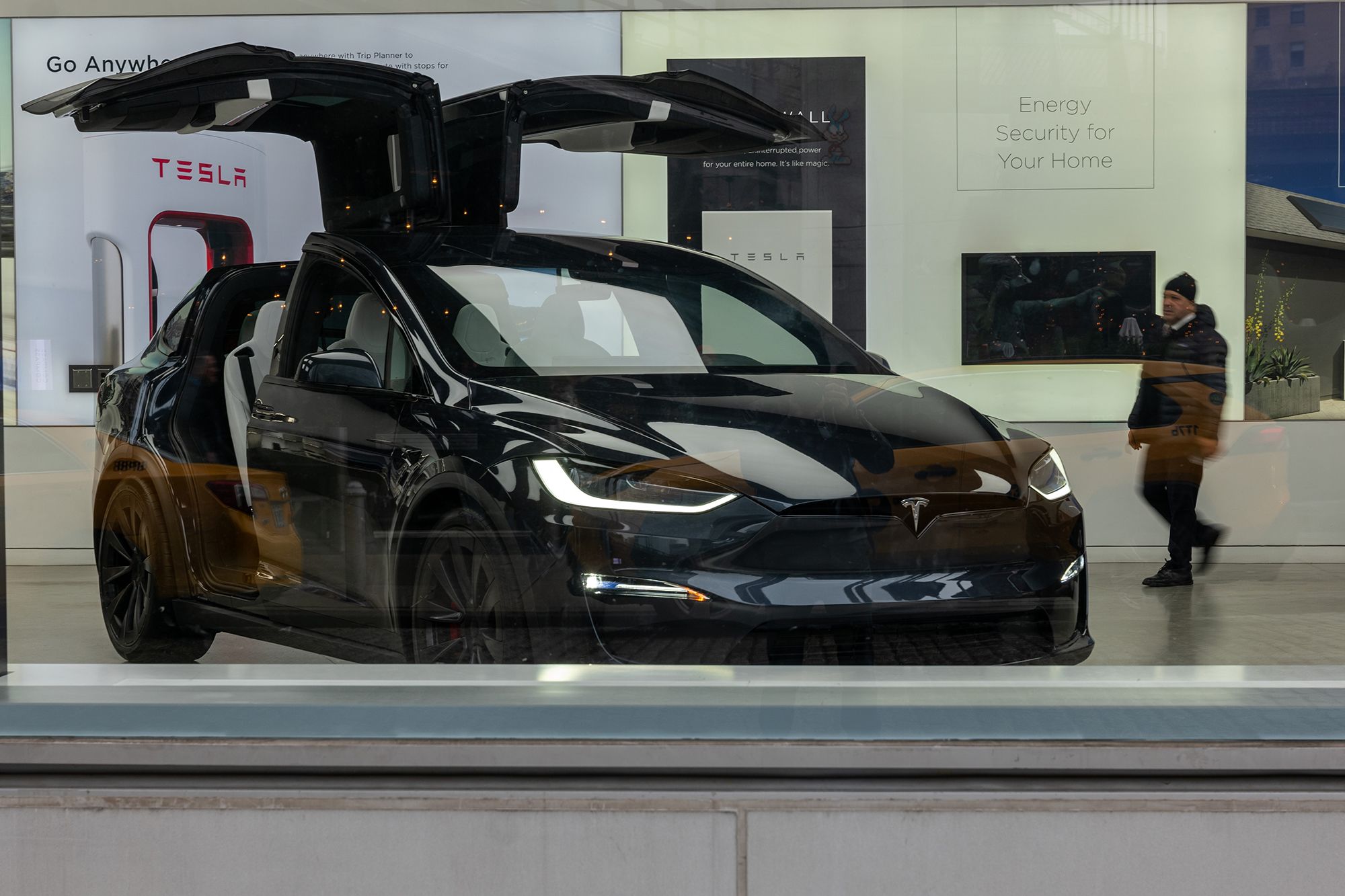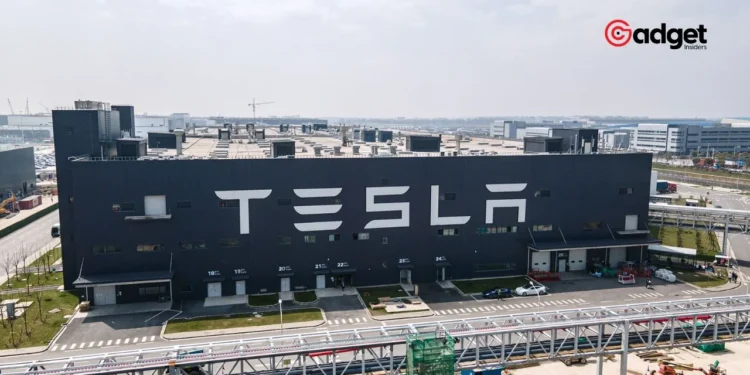Driving through the bustling streets of Manhattan is an experience unique unto itself. Here, navigating the complex dance of traffic isn’t just about the mechanics of driving but involves an intricate understanding of human behavior and city-specific quirks. For Tesla’s Full-Self Driving (FSD) software, this proves to be a formidable challenge, as highlighted in recent testing within the city’s infamous grid.

The Urban Test: Tesla FSD’s Struggle with Manhattan’s Chaos
Manhattan driving can be described as slow, often frustrating, and fraught with unexpected delays, such as those caused by wandering horses—a remnant of the city’s eclectic mix of old and new. However, for most human drivers, there’s a rhythm to the madness. Observational skills and some patience usually unravel the seeming chaos into a set of unspoken rules easily navigable to the seasoned driver. Yet, this urban ballet remains indecipherable to the algorithms governing Tesla’s FSD technology.
A recent video release—aptly named “We Tried Tesla FSD in Manhattan Part 2″—illustrates just how Tesla’s autonomous software interprets, or misinterprets, the complex urban environment. The video reveals that while the FSD handles basic navigation somewhat competently, it falters significantly with more dynamic elements of city driving, particularly with taxis and pedestrians.
Two weeks ago, Tesla FSD 12.3 drove me from lower Manhattan NY to Greenwich CT with no interventions/no disengagements during rush hour. Amazing what tech we have available to us today.
When someone complains about one small error made by 12.3, it reminds me of this clip. $TSLA pic.twitter.com/uo9TBx0uTF— Tony Carvalho (THE ACCOUNTANT) (@CPAinNYC) April 7, 2024
Taxis: An Algorithmic Puzzle
In Manhattan, taxis are ubiquitous, and their movements are generally predictable to the human eye. A typical driver sees a taxi, notes the engaged hazard lights, observes the waiting pedestrians, and maneuvers around the vehicle without much thought. For Tesla’s FSD, however, this sequence becomes a complex puzzle. The software struggles to piece together these visual cues effectively, leading to hesitations and awkward navigation attempts that disrupt the flow of traffic.

Pedestrian Crosswalks: A Safety Dilemma
The issues extend to pedestrian interactions, especially at crosswalks. New Yorkers, known for their brisk pace and sometimes unconventional walking habits, pose a particular challenge for FSD. The software recognizes pedestrians standing close to the curb as though they are in the middle of crossing, prompting the vehicle to stop or slow down unnecessarily. This over-cautious approach by the FSD, while erring on the side of safety, creates confusion among human drivers and pedestrians alike, further complicating the traffic flow.
The Road Ahead: Autonomous Vehicles in NYC
Despite these challenges, the progression of FSD software in urban settings like New York City is of considerable interest both technologically and culturally. The issues faced by Tesla’s FSD highlight the current limitations of autonomous vehicles in environments that are less predictable and governed more by human behavior than by clear rules.
As New York gradually becomes a testing ground for these technologies, the interaction between autonomous vehicles and urban landscapes continues to evolve. The potential for a future filled with robotaxis seems intriguing, albeit accompanied by a realistic acknowledgment of the hurdles that lie ahead.

Tesla’s journey in refining FSD within Manhattan’s unique driving conditions is a vivid reminder that the path to full autonomy is both exciting and fraught with challenges. As the technology advances, so too will its ability to handle the complexities of urban driving, hopefully leading to a seamless integration of autonomous vehicles into our daily wir lives.










